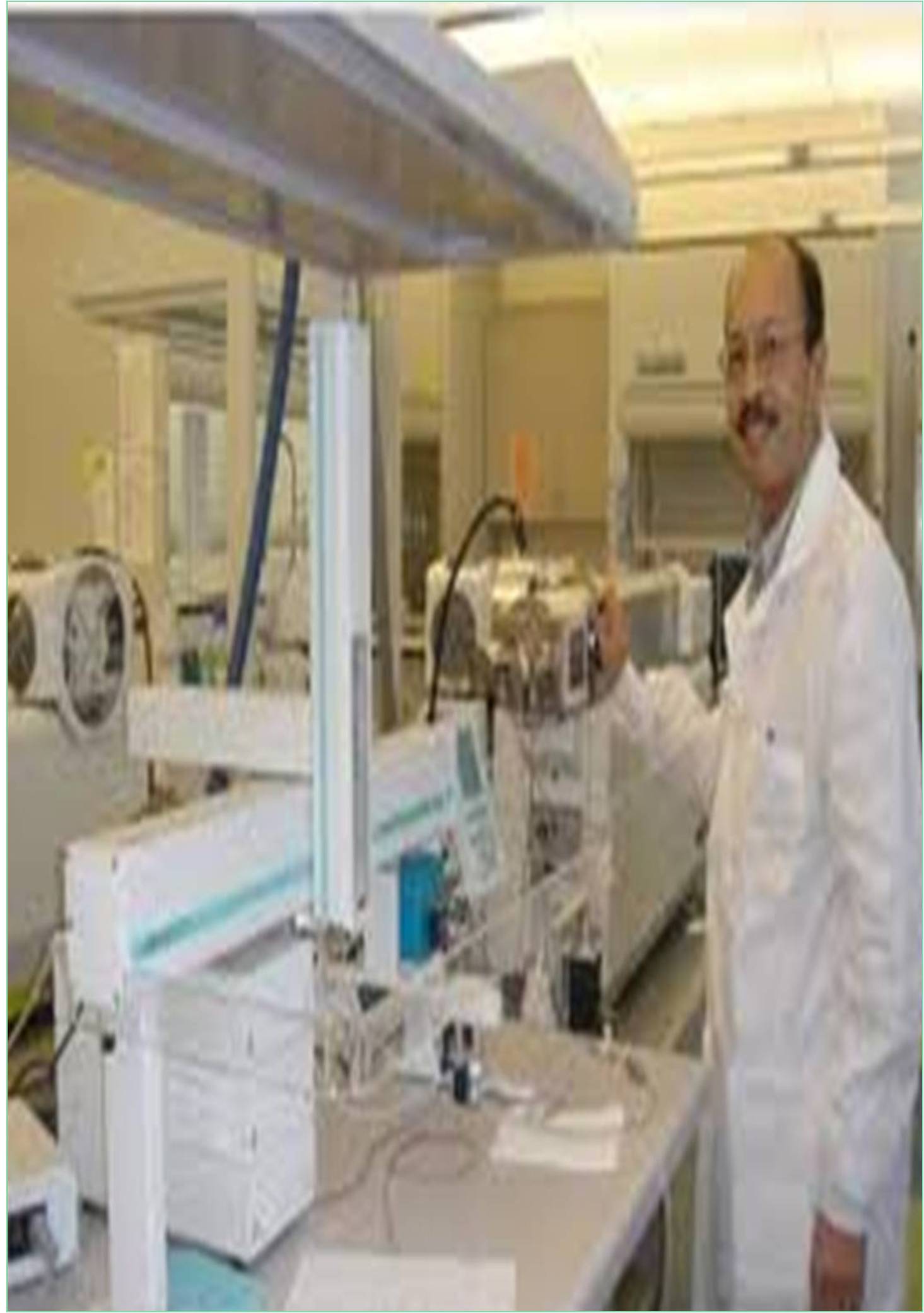



Received: 28-Jan-2022, Manuscript No. IJCB-22-59484; Editor assigned: 31-Jan-2022, Pre QC No. IJCB-22-59484 (PQ); Reviewed: 14-Feb-2022, QC No. IJCB-22-59484; Revised: 25-Feb-2022, Manuscript No. IJCB-22-59484 (R); Published: 08-Mar-2022, DOI: 10.15651/IJCB.22.7.023
Human serum is one among the foremost important tools in today’s laboratories. Human serum allows scientists to grow human cells, test the efficacy of medicine, gain a deeper understanding of the system, and performs innovative research. While processing human serum to be used in research is complex, it yields a product that gives reliable, repeatable leads to the laboratory. Human blood contains quite 4,000 components, each with a special purpose. The main components of blood are red blood cells, white blood cells, plasma, and platelets. Human blood is about 55 per cent plasma and 45 per cent cells. Red blood cells carry oxygen and white blood cells fight infection. Plasma is the watery, clear yellowtinted fluid that holds the cells and platelets, alongside sugars, lipids, vitamins, minerals, hormones, enzymes, antibodies, other proteins, and blood coagulation factors. After gently drawing blood from donors to avoid damaging the blood cells, laboratory professionals use a centrifuge to separate the cells from the plasma. Laboratories can further separate serum from the plasma. Plasma and human serum are similar, apart from the presence of clotting factors. These clotting factors, especially fibrinogen, are essential for clotting to require place. When laboratories separate human serum and plasma from blood, the plasma retains the fibrinogen while the serum doesn’t. This suggests human serum doesn't clot, or coagulate, because it doesn't contain the coagulation factor fibroses. While human serum doesn't contain fibroses, it does contain hormones, minerals, proteins and CO2. Albumin is a crucial protein in human serum, because it carries steroids, fatty acids, and thyroid hormones within the blood. Human serum is additionally a crucial source of electrolytes. Human serum allows substances to stay to the molecules within the serum, effectively binding the substance into the blood, which allows the serum to move fatty acids, thyroid hormones and other substances. Drug companies create proteinbinding drugs that bind to albumin because it functions as a circulatory carrier. The albumin in human serum binds to the curable substances in antibiotics, for instance, which allows the antibiotics to be carried throughout the body. Uses for Human Serum Researchers use human serum where animal serum isn't an appropriate substitute, like DNA research, cancer therapy studies, and more. Scientists frequently use human serum as another supplement to culture media, as many human cells require human serum instead of animal serum to grow satisfactorily. Human serum provides superior results when culturing many sorts of human cell, but especially for cells related to the human system. Researchers use human serum to supplement lymphocyte culture media, which supports the expansion of the human lymphocytes and dendritic cells that play a crucial role in immunity. They use human serum in immunehistochemical staining procedures, a process that identifies foreign antigens that trigger an immune reaction.
Scientists also use human serum in Human Leukocyte Antigen (HLA) tissue-typing applications that test for compatibility between donor and recipient in organ transplants. Human off-the-clot serum is right for metabolic studies. To gather human off-the-clot serum, laboratories allow the entire blood to coagulate naturally and without exposure to anticoagulants after collection. Next, the laboratory uses a centrifuge to separate the serum from its cellular components before allowing the serum to undergo a secondary clotting. Allowing the serum to clot again ensures complete removal of any remaining clotting components. Laboratories centrifuge the specimen again before drawing the remaining serum and packaging it consistent with researchers’ requirements. Human AB serum is important within the investigation of cell therapy applications, transplantation and tissue engineering. Laboratories collect human AB serum from donors who have AB blood, which lacks the antibodies against blood group A and B antigens. Human complement serum may be a complex mixture of serum proteins activated when antibodies in an immune subject interacts with corresponding antigens. Human serum allows scientists to perform innovative research within the laboratories and to get new drugs, therapies and procedures to enhance human health.